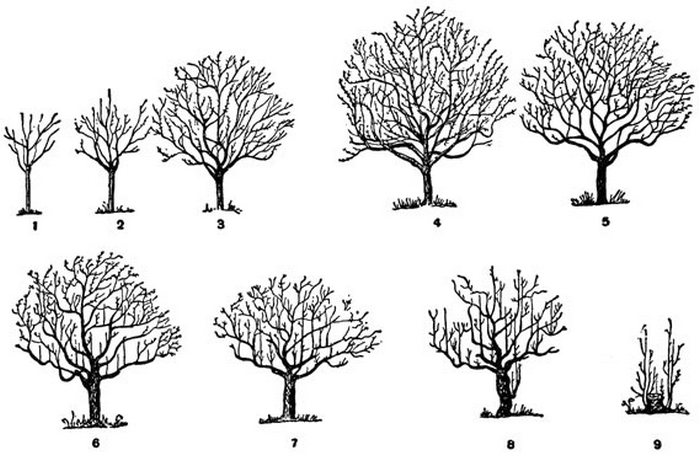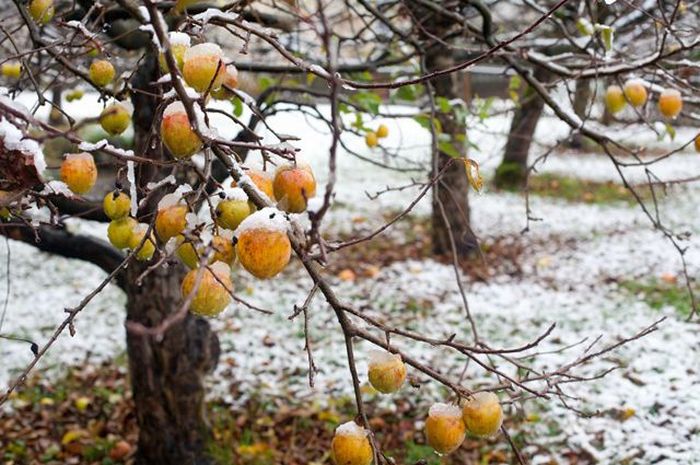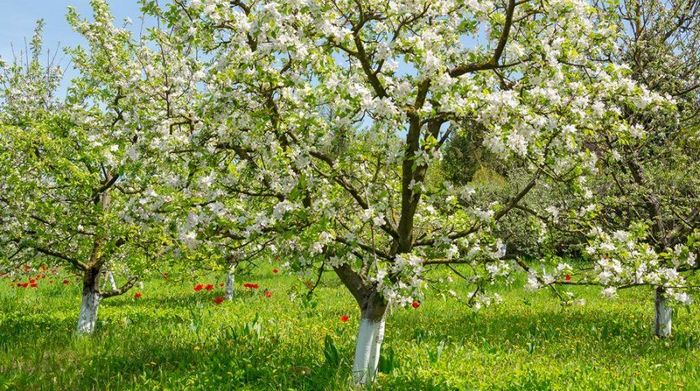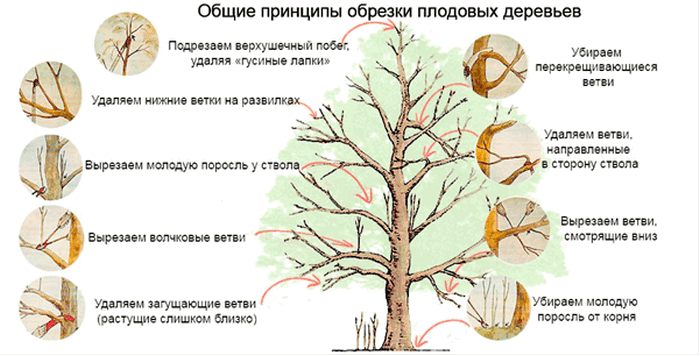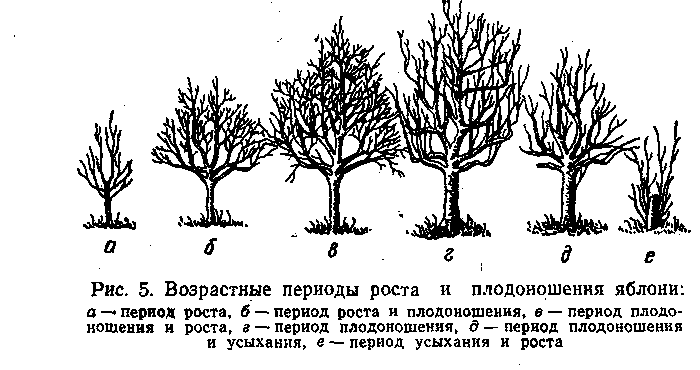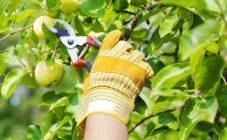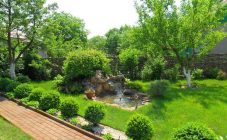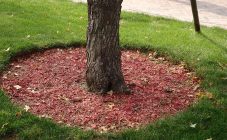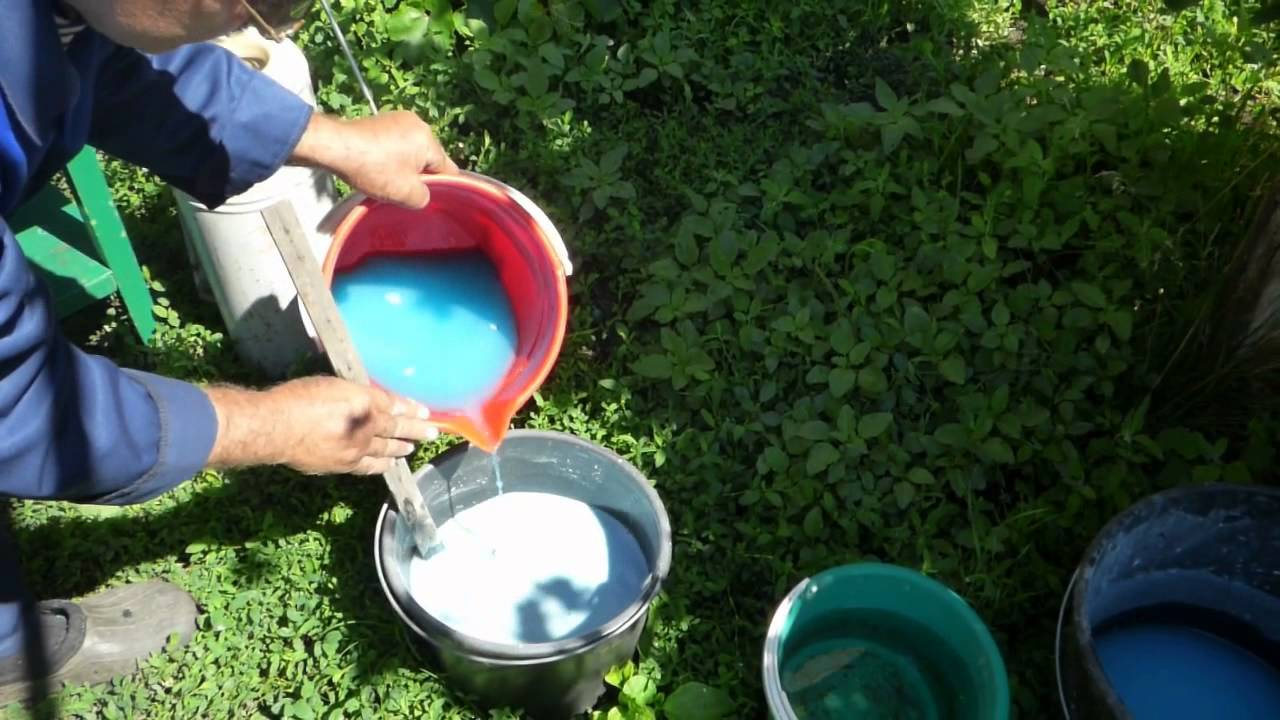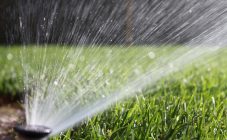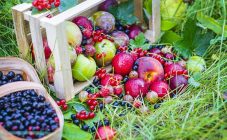Content:
When growing a particular plant, novice gardeners often confuse the concepts of "growing season" and "growing season". But these are two different concepts. The article below will discuss what is the vegetation of fruit trees and what is the growing season.
The growing season (vegetation) is the time from the beginning of bud opening and before the leaves fall off in a particular plant. Distinguish between the main and the transitional growing season.
The growing season is the time interval of the year when the plant develops in accordance with natural conditions, that is, if it grows well and bears fruit in an area with one climate, in another with unfavorable conditions, either it will die or the fruits will not ripen. The length of the growing season will depend on air temperature, humidity and length of the day.
Vegetation period
During this time, the plant develops rapidly. His leaves and flowers bloom, tied, grows and the harvest ripens. From the beginning of the awakening of the plant, its root system begins to grow. It is important that by the time the foliage appears, it has strong roots and many small roots through which the tree receives all the nutrients from the ground. The more nutritious the soil, the stronger the plant.
By mid-July, the tree slows down, but the foliage continues to intensively perform its function, accumulating starch. The shoots are lignified, the tone of the roots slows down.
Transition period in autumn
By this time, enough starch has already been accumulated, which is processed into sugar, due to which the winter hardiness of trees increases. The root system at this time builds up the suction roots up to the very frost.
Winter rest
In winter, it seems to everyone that fruit trees are lifeless or resting from summer fruiting. But this is not the case. The roots actively and continue to extract moisture and nutrients for the plant. Only now the trees consume much more moisture than they receive. Therefore, the plants should be prepared in advance with proper fertilizing and watering in the two previous stages.
Transitional spring
Everything wakes up in the spring. The tree begins to grow again, but at this time the roots cannot yet receive the necessary substances from the soil. Therefore, nature has made sure that the trees use the autumn supplies. Therefore, autumn processing is so important. Thus, if in the fall the feeding was balanced, then in the spring it is easier for the plant to recover after frost, for which it will then thank it with a rich harvest.
There is no time frame for the growing season, since the stages are different for all crops. And a lot can affect the development of plants:
- soil quality;
- natural conditions;
- grade;
- agricultural technology.
In fruit trees, swelling of the buds is considered the initial stage of growing season, and the end is the collection of fruits, berries and leaf fall.
Age frequency of fruit trees
Growth of vegetative parts
This time begins when the seeds begin to germinate and ends with the completion of fruit formation. The time span may differ for different species, for example:
- peach - 2-3 years;
- cherry, plum - 4-5 years;
- apple tree - 4-10 years old.
At the same time, there is an increased growth of the tree as a whole and its root system. He can be significantly helped by resorting to agrotechnical measures in terms of care. For example, pruning will provoke the growth of the main branches, loosening the soil will help the roots develop better, the cessation of watering after the fruits have formed, will help a better wooding of the shoots before winter dormancy.
Growth and fruiting
This phase continues from the first fruits until the onset of stable yields. The number of fruits is increasing every year. It is very important to correctly feed the tree during this period, as well as to form the crown correctly. Fighting harmful insects and diseases at this stage will help protect the growing parts of the tree.
Fruiting and growth
This stage continues from stable to maximum fruit. At this time, rejuvenate the crown by cutting out frame branches that do not grow properly or on which fruits or berries do not form, so that young and strong shoots can replace the aging ones. Weak branches, on which an ovary does not form, should also be removed so that the tree does not waste energy. Continue prophylaxis against diseases and harmful insects and rodents.
Fruiting and drying out
Over time, the trees age and begin to dry out. Frame branches stop forming on them, fruiting is not as abundant as before, the tree does not grow. The entire frame gradually dries out. Tops are formed in the places where the extra shoots are cut. There is no growth of new branches at all. During this period, more careful care should be taken: till the soil, continue to apply fertilizers. At this stage, the tree is more vulnerable than ever to pests and diseases, which it will not have enough strength to fight if the gardener does not help.
Complete drying out
This is when all the branches of a tree or bush have dried up, the fruits are not formed. Means that the plant is dead.
Phenophases for growth buds:
- peace in winter;
- when the kidneys swell;
- renal scales move apart;
- the formation of a green leaf;
- shoot formation and growth;
- maturation;
- change of color of leaves and their release.
Phenophases for fruit buds:
- peace in winter;
- swelling of the kidneys;
- the formation of inflorescences;
- separation of buds;
- coloring the tops of the buds;
- flowering period;
- Falling petals;
- shedding excess ovary;
- growth and ripening of fruits.
Now, knowing what a growing season is for fruit trees and shrubs and what a growing season is, novice gardeners will not be mistaken in what phase they need to prune, sprinkle, loosen and water.
